08:11, 02/09/2023
Dak Lak is a land where 49 ethnic groups live together, each with its own cultural identity expressed in all aspects of material and spiritual life, of which costumes are the most obvious, frequent and lasting.
Unique beauty
Each costume with different materials, colors and designs has its own beauty and meaning, creating its own mark expressing the psychological traditions and aesthetic sense of each ethnic group, but still seeing the common features that are very close expressed through each ethnic group.
For example, the Giarai, Ede, Raglai, Cham and Chu Ru ethnic groups are 5 ethnic groups belonging to the Austronesian language family. In Dak Lak, the Austronesian group has a population of over 370,000 people, of which the Ede have the largest population, they are long-time residents, distributed throughout most districts in the province, the remaining ethnic groups mainly reside in Ea H'leo, Ea Sup districts and Buon Ma Thuot city... The costumes of the Ede and Giarai ethnic groups here all have common features of many residents in Truong Son - Tay Nguyen. Women wear short pullover shirts, long skirts - a typical wrap skirt, which is a large piece of fabric when worn wrapped around the body from the waist down, covering the ankles; men wear loincloths and long blouses past the buttocks.
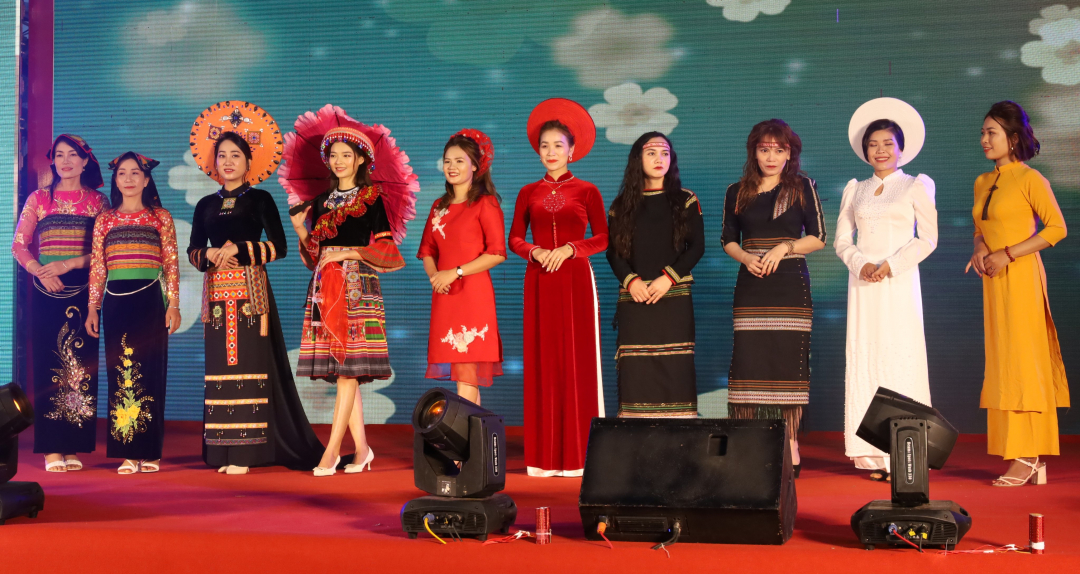 |
| Traditional costume performance of ethnic groups in the program "Tet Sum Vay - Gratitude to coffee growers" in 2023 in Krong Nang district. |
The patterns on the traditional costumes of the Ede people are geometric patterns, patterns associated with daily life such as plants, birds, and animals. The main colors are red and black, red symbolizes fire, black symbolizes earth, along with yellow, green, and white patterns..., previously all were dyed from tree bark, leaves, and roots. The Giarai people stand out with red on an indigo background.
The Mong, Dao, and Pa Then ethnic groups of the Mong-Dao language family in Dak Lak have a population of over 56,000 people, residing mainly in the districts of Krong Bong, M'Drak, and Ea Sup. Their costumes are generally bright and colorful, with patterns and motifs made by weaving, embroidery, beeswax printing, and patchwork... Dao and Pa Then women are good at embroidery, weaving, and patchwork; the Black Mong women are especially good at batik (fabric decoration). Dao ethnic women's costumes include shirts, bibs, and pants; the materials used to make these costumes are often linen, dyed indigo. According to the concept of the Red Dao, red brings happiness and luck; therefore, this is the main color used in their costume decoration.
In addition, the costumes of other ethnic groups also have their own unique features: Tay - Thai women rarely decorate with patterns; Nung and Lu people mainly use fabric patchwork techniques and decorate with silver beads; Thai people embroider patterns concentrated on Piêu scarves; San Chay people decorate patterns on shirts, bibs, etc.; all of these create a unique cultural space, thereby contributing to preserving, promoting and honoring the traditional cultural values of ethnic groups.
Preservation and preservation
However, the unique beauty and identity of traditional costumes of ethnic groups in general and ethnic minorities in particular are changing, adapting, and even fading away. In modern life, most traditional costumes are no longer widely used in daily life, many costumes are no longer original. This is due to the development of society, cultural exchange and influence that changes lifestyle and costumes; many people are afraid to wear their traditional costumes because they are not suitable for daily life; young people are afraid of being considered backward... Therefore, preserving and promoting the value of traditional costumes is considered an urgent requirement today, not only contributing to preserving cultural identity, improving spiritual life but also being exploited to develop tourism . The collection of traditional costumes of Dak Lak ethnic groups being preserved and displayed at Dak Lak Museum is a highlight attracting tourists because of its diversity and uniqueness in color and style.
 |
| People in village 3, Cu Prong commune (Ea Kar district) still use traditional costumes in daily life. |
Ms. Nguyen Thuy Phuong Hieu, Deputy Director of the Department of Culture, Sports and Tourism, said that since 2020, the Department has advised on donating more than 400 traditional brocade costumes to typical gong and art troupes in villages and hamlets in the province through projects and programs. The cultural sector and localities regularly organize festivals and mass art performances, including competitions in performing traditional costumes, honoring the cultural beauty of ethnic groups.
At the early-year festivals such as the Khai Ha Festival of the Muong ethnic group (Hoa Son commune, Krong Bong district), the Long Tong Festival of the Tay and Nung ethnic groups (Cu M'gar district), the Ethnic Culture Festival of Ea Kar district... the ethnic groups participating all wear their traditional costumes, creating a colorful picture. This shows that, along with local authorities, each person himself also raises awareness and pride in the value of ethnic cultural heritage in general and traditional costumes in particular, thereby making practical contributions to preserving, conserving and promoting the value of traditional costumes of his ethnic group.
Tomorrow
Source










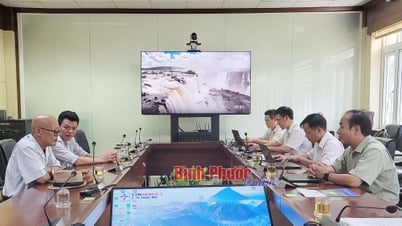







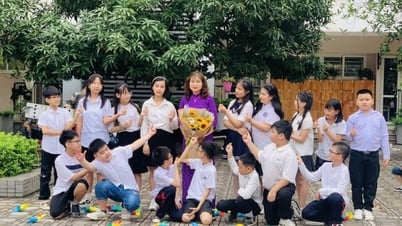

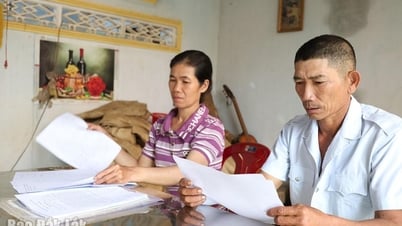


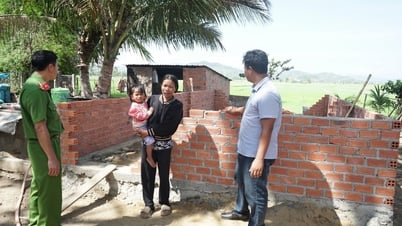


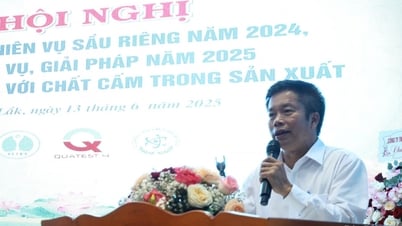






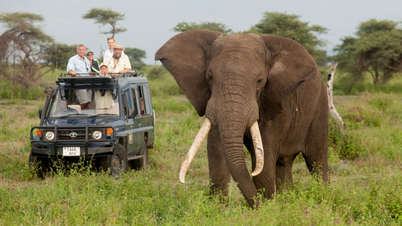
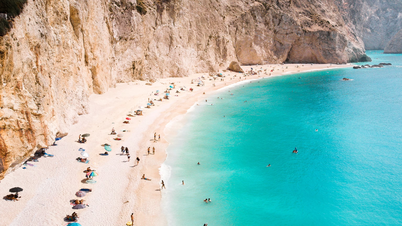
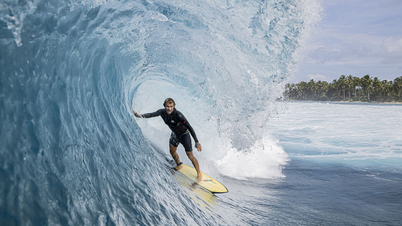
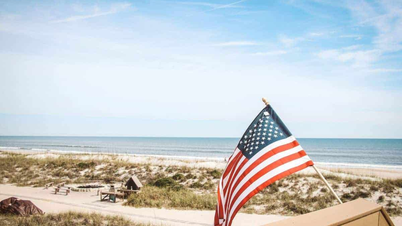























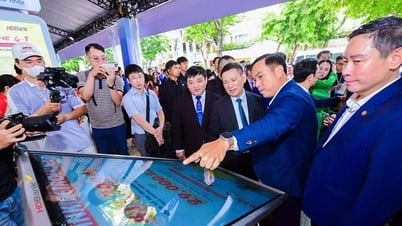

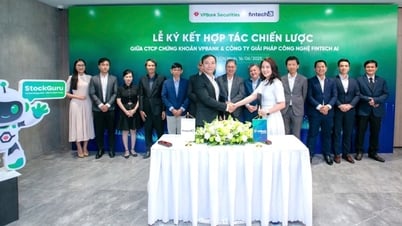
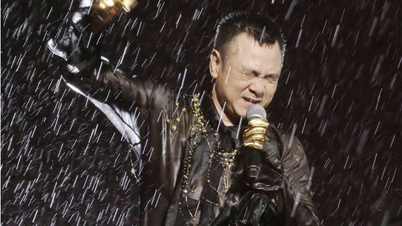









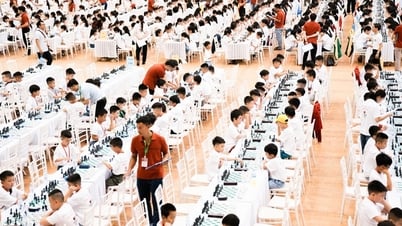


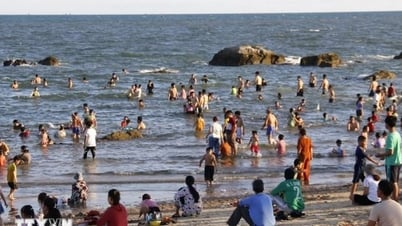
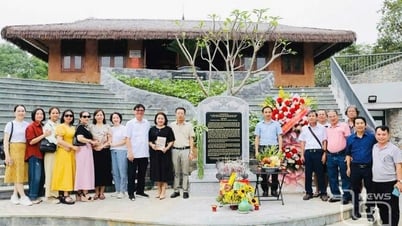

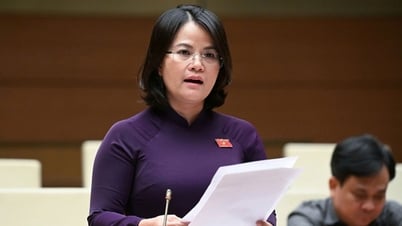

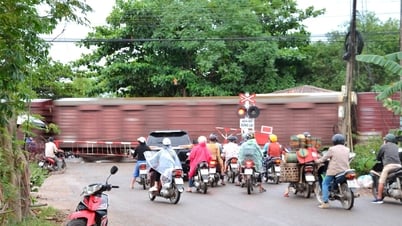

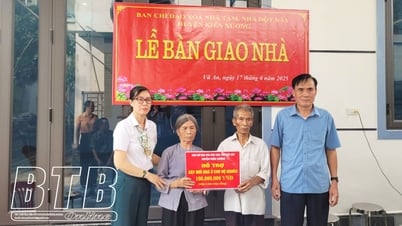

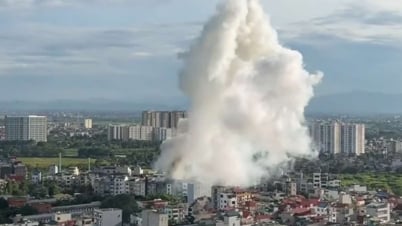














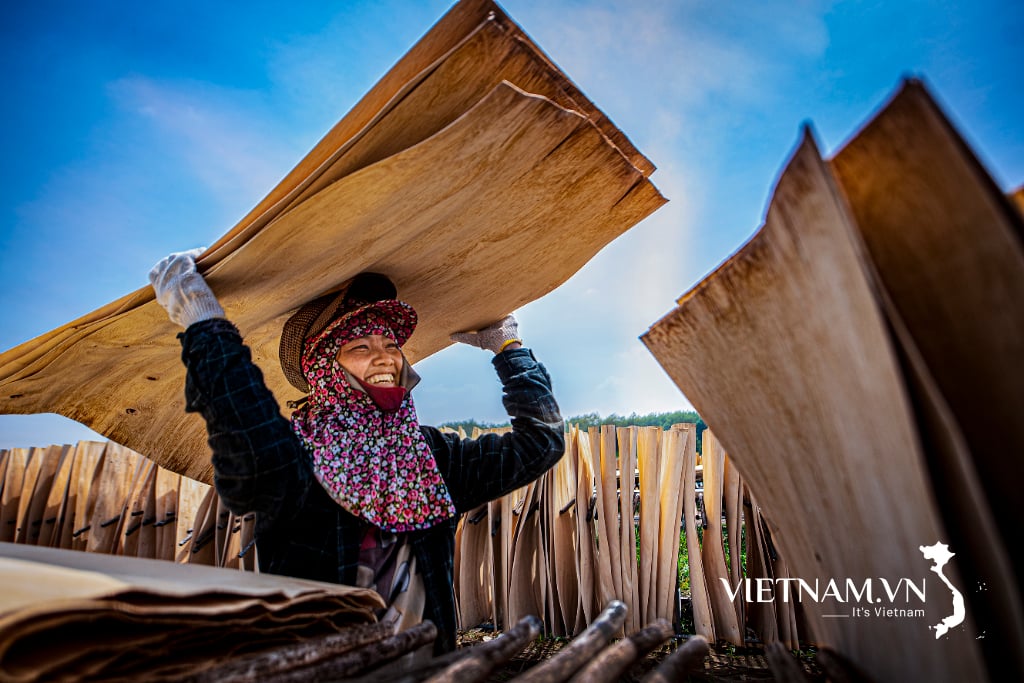
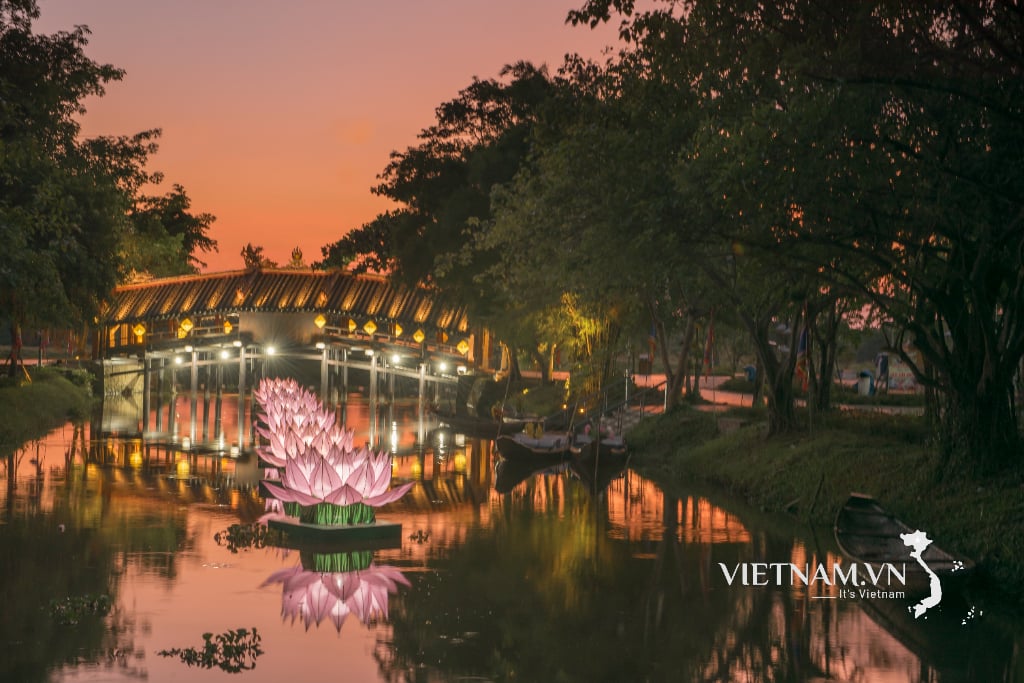
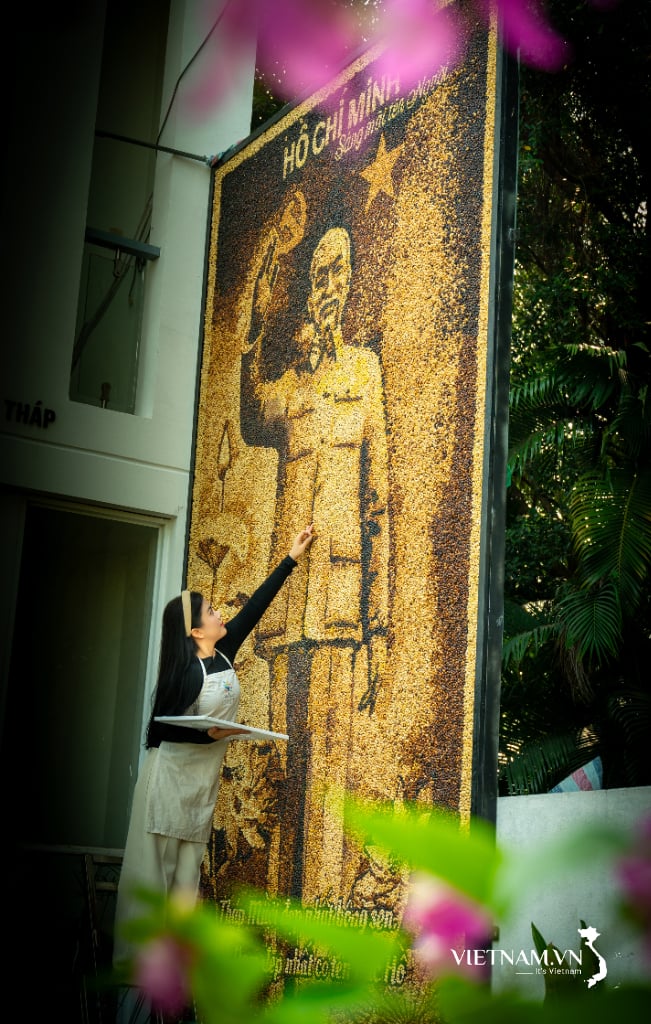
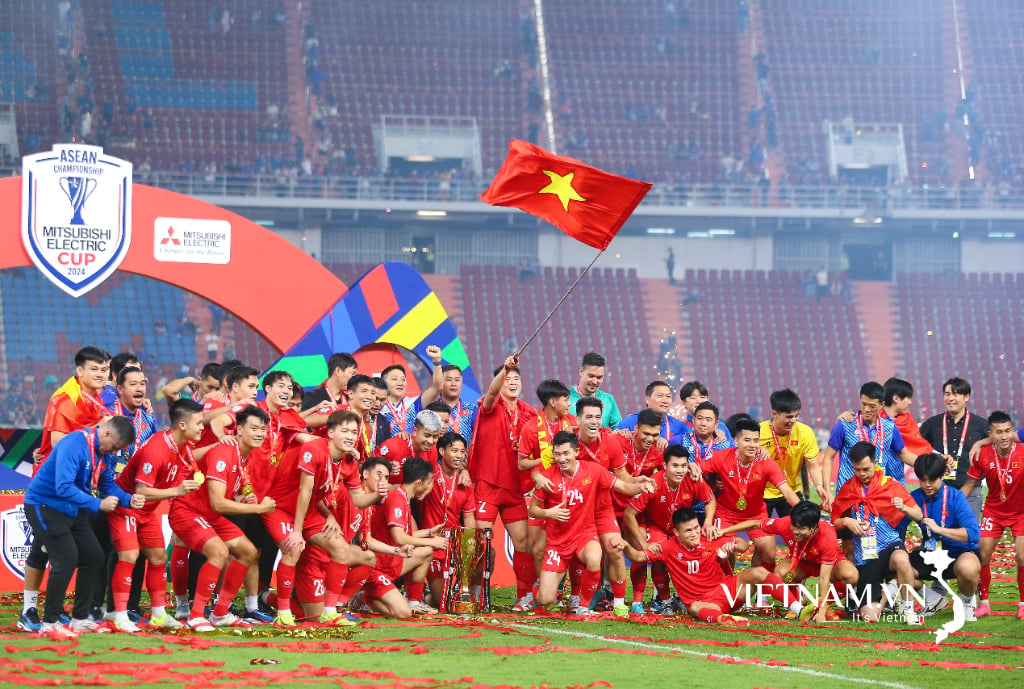
Comment (0)